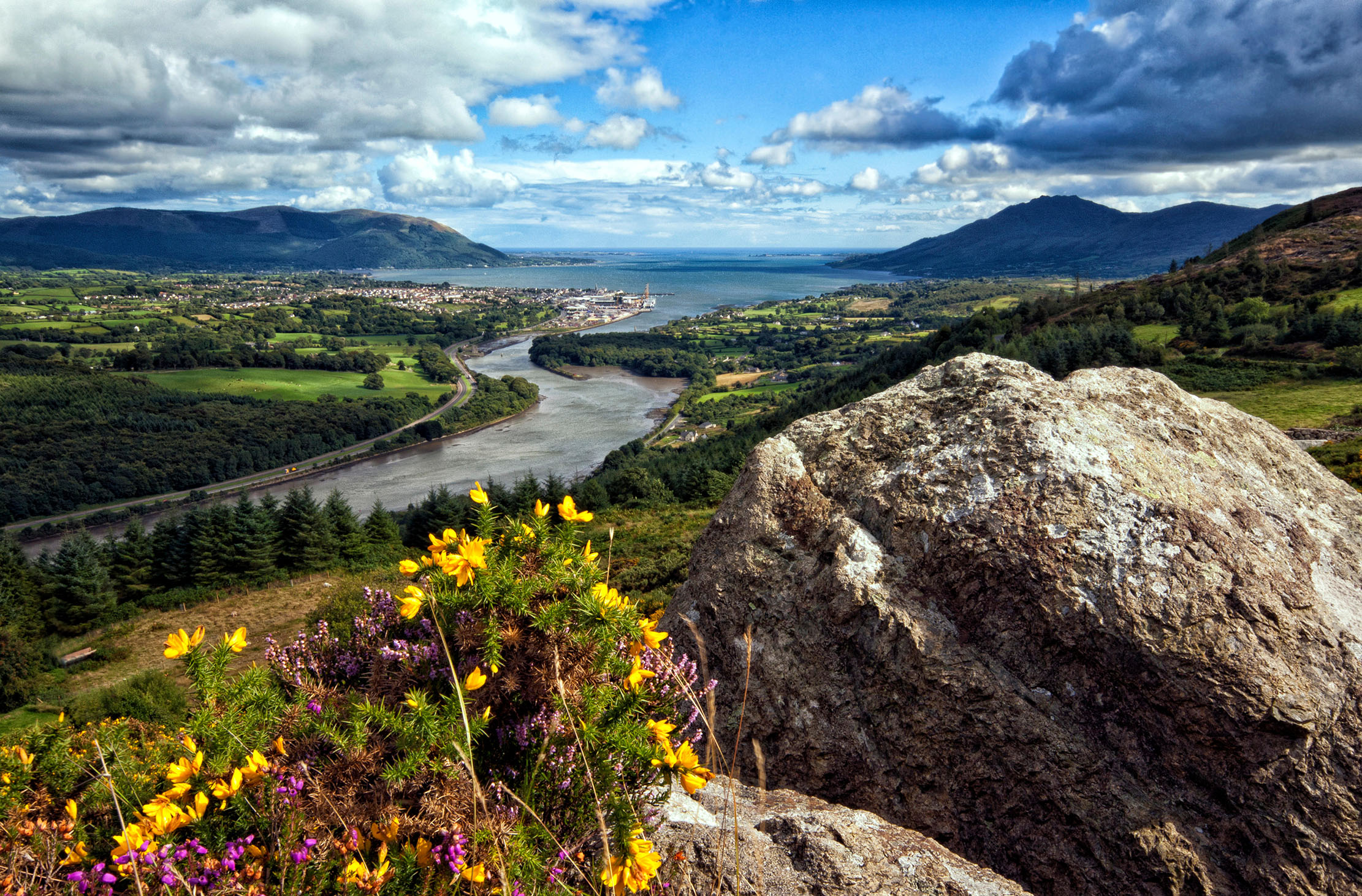The Lincolnshire Wolds AONB: The beauty spot where Tennyson found 'calm and deep peace on this high Wold'
Octavia Pollock takes a look at the Lincolnshire Wolds AONB, a landscape where the hands of Man and Nature have worked together for centuries.


The hand of Man is valued as much as that of Nature in this little-known strip of living, working farmland, where agriculture has shaped a landscape of river valleys, mixed woodland and arable fields for millennia. Nomadic New Stone Age farmers tramped the Bluestone Heath Road and Romans marched between their forts at Caistor and Horncastle. Place names of Danish origin reflect the raiding Norsemen who settled there: the ending ‘by’ means a settlement and ‘toft’ a homestead.
In the Second World War, the Wolds were scattered with airfields, as at Metheringham, thanks to their position as the highest point on the east coast between Yorkshire and the Kent Downs; Lincolnshire itself was known as the ‘Bomber County’. The pilots had a rare view of the past, shadows revealing the scores of medieval settlements lost to the Black Death and the burgeoning wool trade that saw communal land given over to sheep.
Nature has softened the remains of ironstone workings near Nettleton, only bricked-up tunnel entrances reminding explorers of the ore that fuelled the Scunthorpe steelworks. Such things were as yet unknown in the era of Sir Joseph Banks, Capt Cook’s naturalist aboard Endeavour, who owned 400 farms and thousands of acres across the county.
Alfred, Lord Tennyson was also inspired by the area. He was born at Somersby, where his father was rector. Much of his poetry reflects his love of the ‘Calm and deep peace on this high Wold’ and the ‘silent woody places’ he mentions in Maud, a poem inspired by Harrington Hall.
The architecture reflects the geology, from Spilsby sandstone and Claxby ironstone to Tealby limestone and Kimmeridge clay. Wildlife thrives in abandoned chalk pits and the Red Hill nature reserve near Goulceby is named for its rare red chalk, rich in fossils and a haven for meadow pipits and orchids, long undisturbed thanks to its steepness.
Villages nestle around notable churches, from the 295ft spire of Louth St James — where the Rev Thomas Kendall led protests against the Dissolution and was hanged at Tyburn in 1537 for his trouble — and its delicate imitator at Haugham to Fulletby St Andrew, home of poet Henry Winn, the Grand Old Man of Lincolnshire. On the southern border is the oldest Wesleyan chapel at Raithby, described by clergyman John Wesley as ‘a palace in the midst of paradise’.

The Tamar Valley AONB: Mines, otters and the ghost of a 'black widow' who roams the moors in a carriage of bones
Kate Green focuses on the Tamar Valley AONB.
Sign up for the Country Life Newsletter
Exquisite houses, the beauty of Nature, and how to get the most from your life, straight to your inbox.

The Kent Downs AONB: One of Mother Nature's works of art, from the famous White Cliffs to the wildlife of the Garden of England
Victoria Marston takes a look at the magnificently beautiful Kent Downs AONB.

The Ring of Gullion AONB: 'A landscape rich with archaeology and mythology, ancient churches and castles'
John Goodall looks at a spectacular part of Northern Ireland that's full of legends and myths.

In Focus: The village and cottage featured in Constable's The Hay Wain, the the ultimate image of English country life
Kate Green takes a look at the village of Flatford, in the Dedham Vale AONB, and in particular the cottage
Octavia, Country Life's Chief Sub Editor, began her career aged six when she corrected the grammar on a fish-and-chip sign at a country fair. With a degree in History of Art and English from St Andrews University, she ventured to London with trepidation, but swiftly found her spiritual home at Country Life. She ran away to San Francisco in California in 2013, but returned in 2018 and has settled in West Sussex with her miniature poodle Tiffin. Octavia also writes for The Field and Horse & Hound and is never happier than on a horse behind hounds.
-
 'There is nothing like it on this side of Arcadia': Hampshire's Grange Festival is making radical changes ahead of the 2025 country-house opera season
'There is nothing like it on this side of Arcadia': Hampshire's Grange Festival is making radical changes ahead of the 2025 country-house opera seasonBy Annunciata Elwes
-
 Welcome to the modern party barn, where disco balls are 'non-negotiable'
Welcome to the modern party barn, where disco balls are 'non-negotiable'A party barn is the ultimate good-time utopia, devoid of the toil of a home gym or the practicalities of a home office. Modern efforts are a world away from the draughty, hay-bales-and-a-hi-fi set-up of yesteryear.
By Annabel Dixon